Affiliate links on Android Authority may earn us a commission. Learn more.
Evolution of the LG G-series: A hard fought battle
March 17, 2017
The LG G6 has finally been announced and, based on the response so far, it’s shaping up to be a formidable flagship. That’s comforting, especially considering what the company had to endure for the last year. It was a tough year for LG, with hard, bootlooping modular lessons learned in the process, but all that’s in the past and we can now look forward to the future.
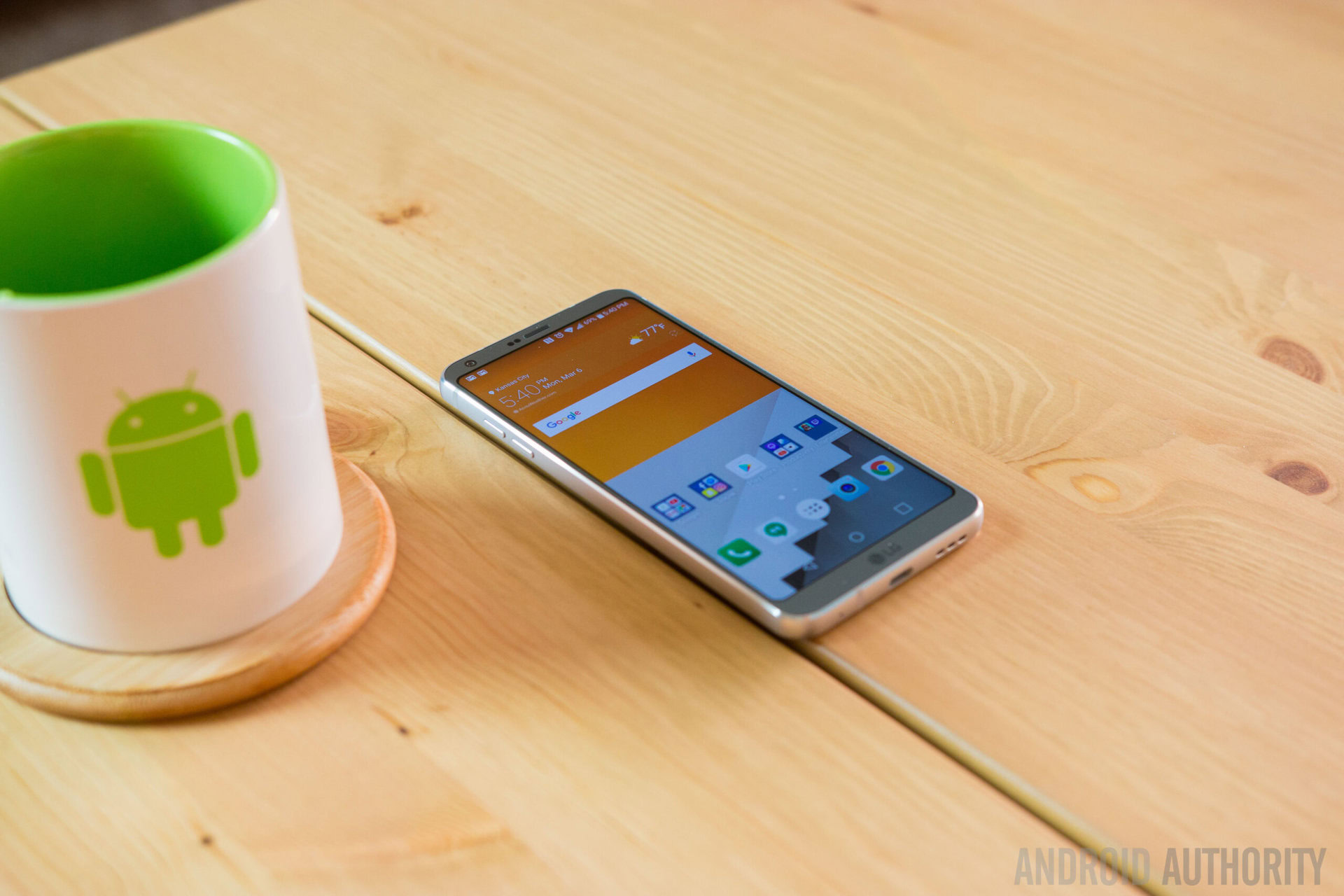
We’re still very early in the year, so it’ll be interesting to see how the G6 stacks up by the end of the year, but to put it in perspective, let’s briefly go back to its humble beginnings. This is the evolution of the LG G-series.
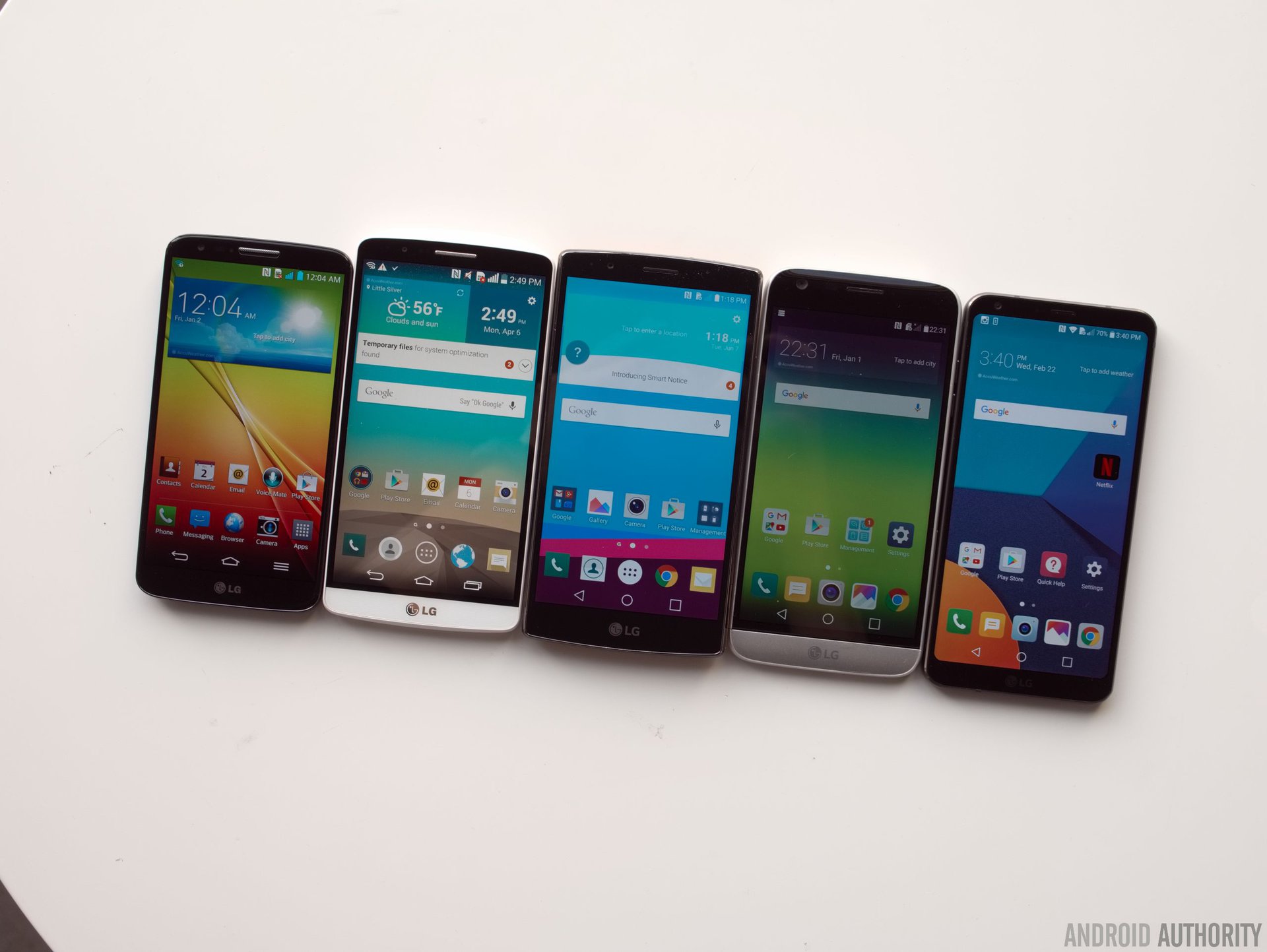
LG Optimus G
It didn’t start with the G1, that was actually HTCwith the very first Android smartphone. Instead, we had the LG Optimus G, which was released back in 2012 and was the first phone in LG’s camp to be slapped with the G branding. It actually followed after the Nexus 4, so its specs and design language were very similar. Here in the US, it had limited availability, as AT&T and Sprint were the only two to sell it, so its reach and general popularity were limited.
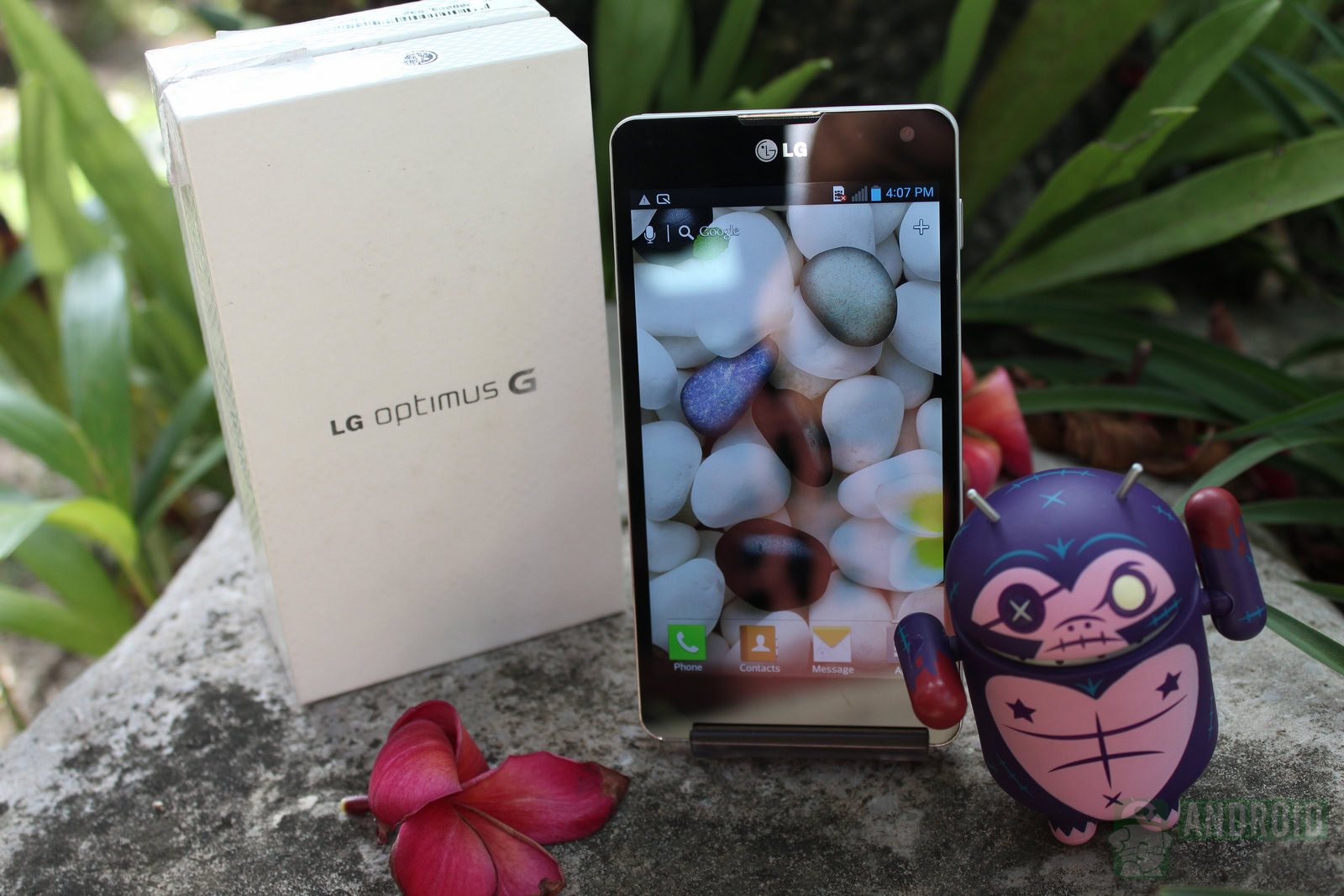
LG G2
The LG G2 was released in the fall of 2013, and it set forth the distinctive design language that the series would be known for, like its rear-mounted volume and power controls. It didn’t disappoint one bit because it was a powerhouse, featuring a very large (for the time) 5.2-inch 1080p display, Qualcomm Snapdragon 800 processor, and a 13 megapixel camera. It even brought along an IR blaster! But the LG G2 was primarily known for its outstanding battery life and small bezels.
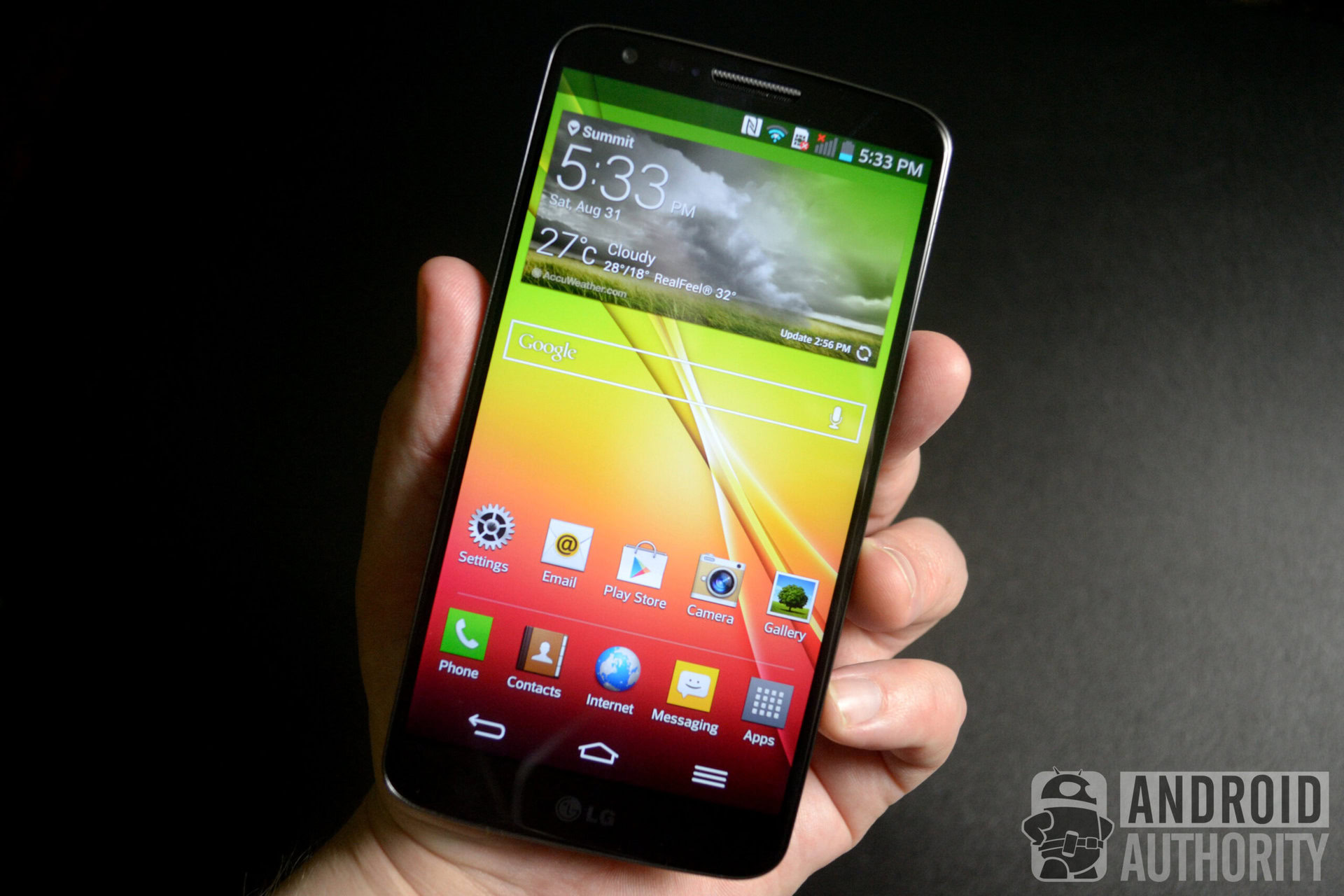
LG G3
For its follow up flagship in 2014, the LG G3 made all the necessary iterative improvements. It made sure to maximize its screen real estate, cramming in an unbelievable 5.5-inch Quad HD screen – the first globally launched phone to have a QHD screen. It was also the first time we were introduced to the laser autofocus system, and then later on, a VR-specific headset made for it. The only real complaint critics had was its choice to continue using plastic for its body.
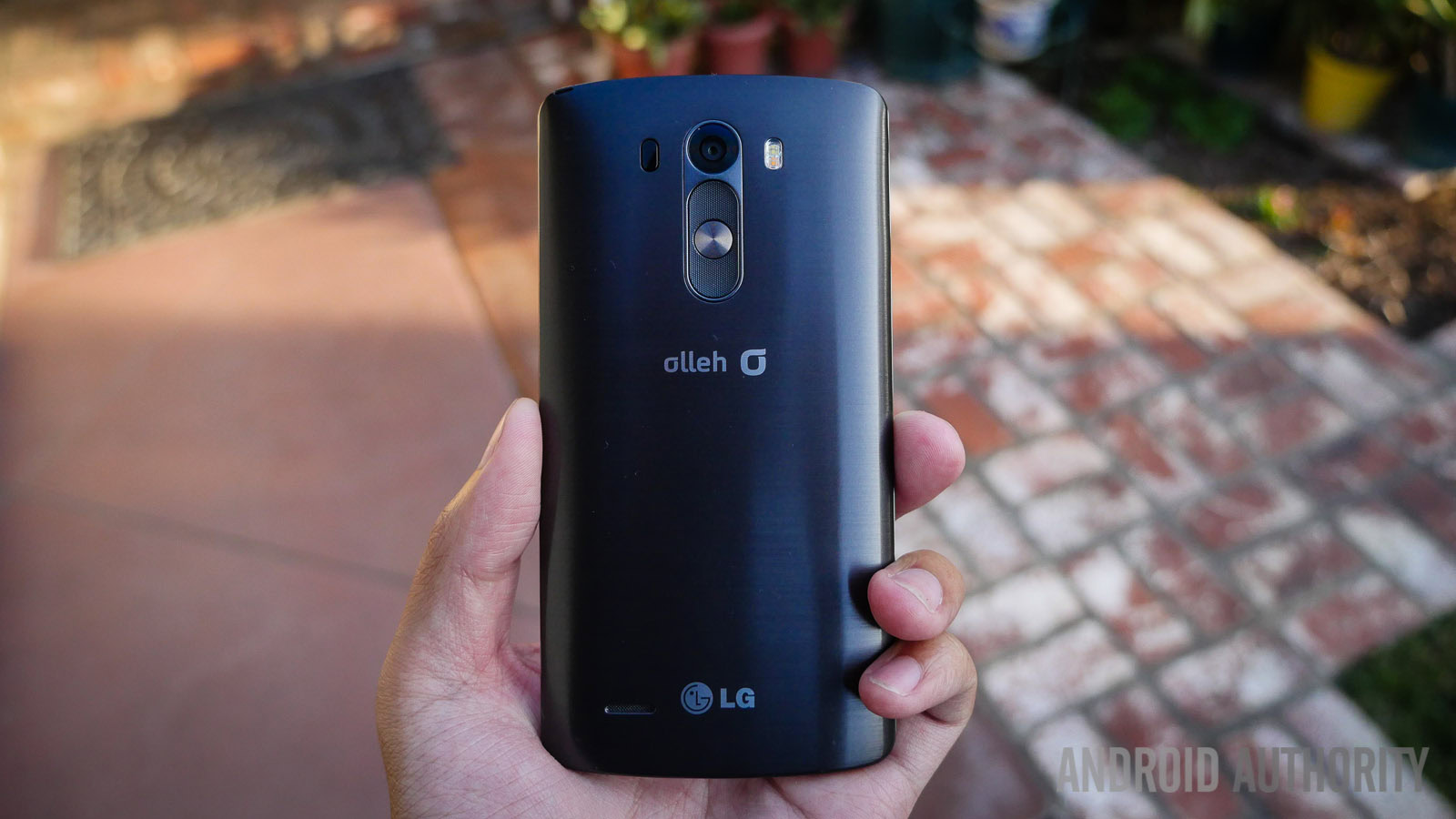
LG G4
That, however, was sort of remedied with the LG G4 in 2015 when a new leather-like rear cover was offered, giving it more of a natural feel. The bold choice certainly helped it stand out, because leather is not an option you find often on a smartphone. But this was also the phone that was really marketed to photographers. It featured a new 16-megapixel sensor with OIS, infrared active autofocus, and an RGB color spectrum sensor which analyzed the lighting to optimize the white balance. And best of all, it offered true manual controls! This was then arguably the crowning achievement in the G series.
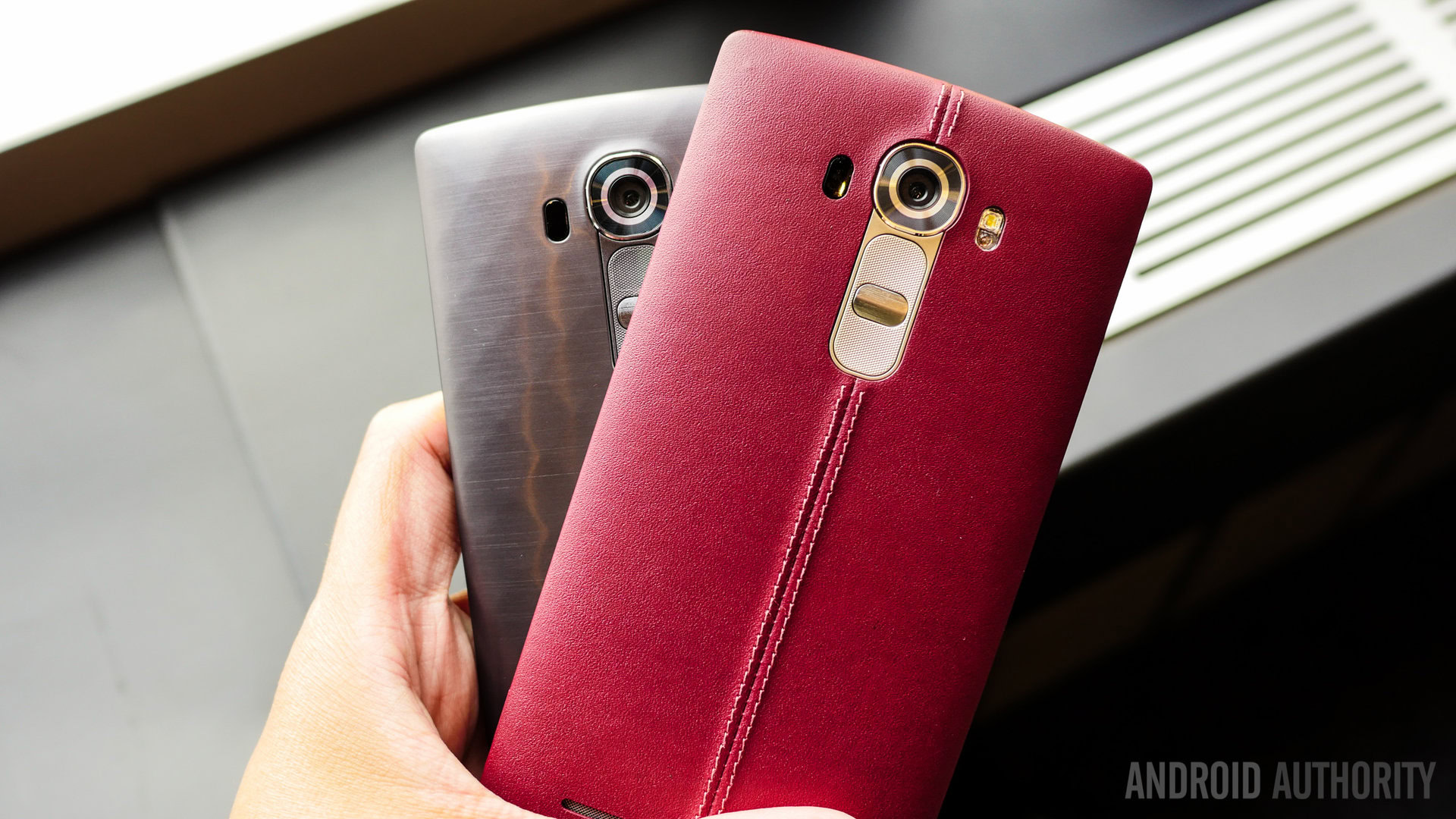
LG G5
And then came the LG G5, a radically different phone that you could say alienated long time fans of the series. Gone were the subtle curves of the chassis and rea-mounted volume controls, replaced with a brand new premium modular design and a dual camera configuration. The move to a metal body was a nice touch, but the modular aspect never seemed to appeal to consumers. And even though its ‘Friends‘ attempted to enhance the functionality of the phone, none of them really flew off the shelves. Sad to say it, but with the G5, life wasn’t good when you play more.
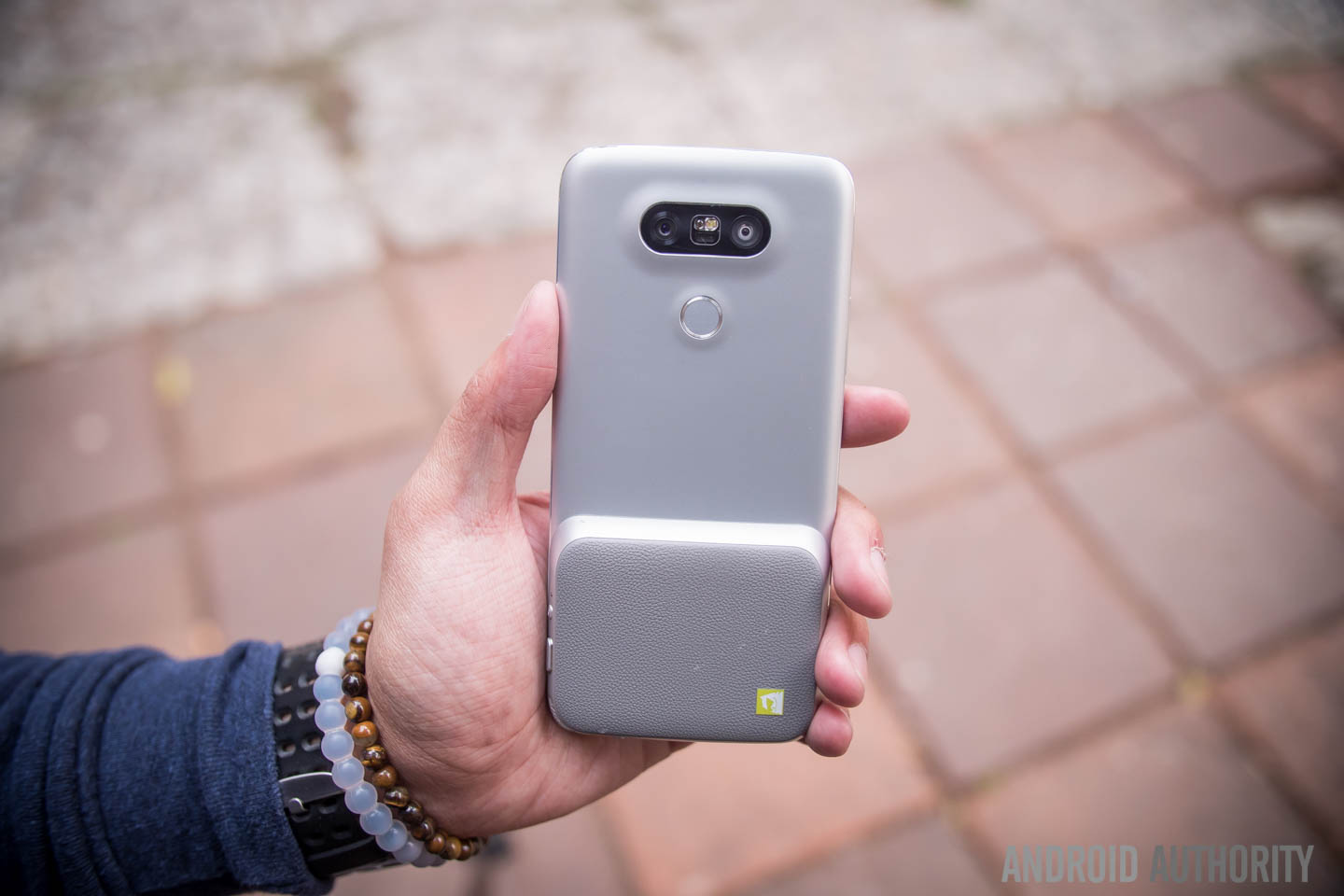
LG G6
This all brings us to where we’re at today with the LG G6, a totally redesigned phone that has a lot at stake. It was back to the basics with this one, so rather than continue with the modular approach from before, that was scrapped entirely and LG opted to keep it simple. Trust us, it’s a gorgeous glass-clad phone with features consumers crave – like a water resistant design, built-in wireless charging, full manual controls for photos and videos, and a killer camera. Best of all, it’s the first phone to market with an unconventional 18:9 screen aspect ratio, making for one heck of an impressive screen-to-body ratio.
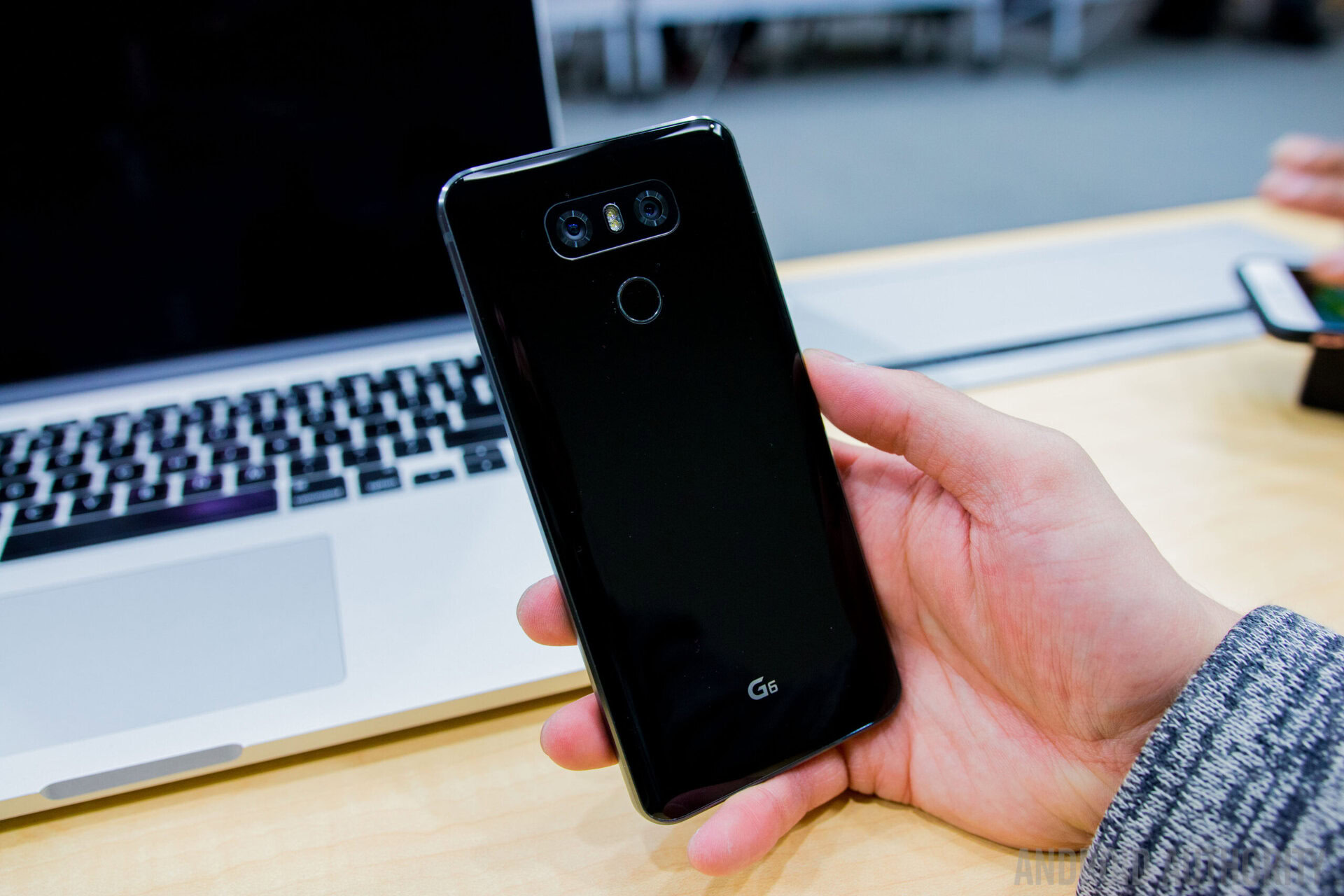
The verdict is still pending for the LG G6, but we’ve seen the company go through a whole lot with the G Series. Last year in particular with the G5 was a learning experience for them. However, the G6 seems like it’s in a far better position. Only time will tell whether it’ll have the staying power to remain relevant throughout the year, but as the endless permutations of the G series goes to show, LG is well aware that those who forget their history are doomed to repeat it. With the G6, LG has definitely shown that it has learned from its past mistakes.